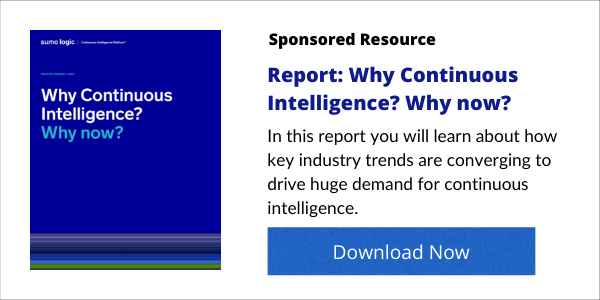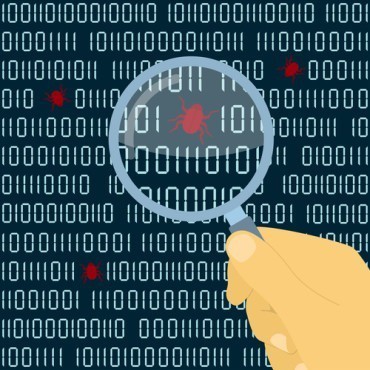
Continuous intelligence holds promise in use cases in varied industry sectors and horizontally across the departments of many enterprises.
Much of the attention paid to continuous intelligence (CI) today focuses on IT operations and security alerts and fixes. Yet, CI also holds promise for use cases in varied industry sectors and horizontally across the departments of many enterprises.
Download Report: Why Continuous Intelligence? Why Now?Experts say that CI can provide benefits in departments beyond IT, including use cases in real-time applications in finance, manufacturing, and supply chain.
In a 2020 article, Kevin Petrie of the advisory firm Eckerson Group looked at CI’s potential uses. He said, “CI dovetails nicely with popular enterprise initiatives. It includes real-time data streaming and layers onto the cloud platforms to which enterprises are migrating. CI also applies machine learning and other advanced algorithms to engage customers and streamline operations in creative new ways. Perhaps most importantly, CI drives data democratization by putting actionable recommendations at the fingertips of analysts and operators throughout the enterprise.”
CI use case: Retail
For example, Petrie described how a retailer may finetune a back-to-school pricing strategy for student backpacks. That strategy would involve financial analysts setting “location-specific store prices for key regions, based on historical prices and recent purchase behavior.” The model would consider contextual data as well including — as he noted at the time — data about COVID-19 infection rates and school plans for virtual/in-person learning.
After going live, the retailer would monitor real-time purchase trends, along with social media trends related to school planning, backpack shopping and COVID-19. A machine learning model could recommend ongoing, location-specific price adjustments, drawing on the varied data points.

A common use case being cited today focuses on cybersecurity. An artificial intelligence-based system could continually monitor public threat patterns and network activity such as unusual access attempts. It could spot intrusions and take action faster than humans on a 24/7 basis.
The use cases cited by various CI software providers include applications in the manufacturing sector. For example, a company can use CI to improve product quality and lower production costs.
See Also: Continuous Intelligence Insights
Internet of Things
CI can optimize the use of sensor data for preventive maintenance of equipment in Internet of Things environments. That is commonly mentioned in manufacturing. Also, a CI-enabled supply chain system may better manage product flow by monitoring data sales, economic and seasonal data, along with inventory and logistics conditions.
In the financial and retail sectors another key application for CI can be fraud detection. In that case a system monitors transactions for anomalies. When a transaction reflects a suspicious pattern, it can alert managers or even automatically block transactions in real time.
Other uses cases being discussed include optimizing health care costs and improving the quality of care for patients who require regular monitoring by devices.
Even within IT groups, CI applications being tested or implemented today include functions beyond system uptime, including data quality assurance and management, and application modernization.
Be aware
However, significant challenges do exist for CI implementations, and experts say the concept is still maturing. The challenges include technical and business issues. Petrie of Eckerson Group noted, “Today CI use cases like these are more technology vision than business reality. Enterprises still struggle with high latency, manual scripting, siloed tools and disjointed workflows. Data analytics teams often use “CI” solutions for elementary use cases, such as automated data prep and reporting, refinement of marketing outreach lists and responses, or analysis of IT operational logs.”
CI holds potential. However, in some cases the core technologies may be more prepared than the enterprise. There is work to be done on the organization’s tech portfolio, culture and business processes.
Download Report: Why Continuous Intelligence? Why Now?





